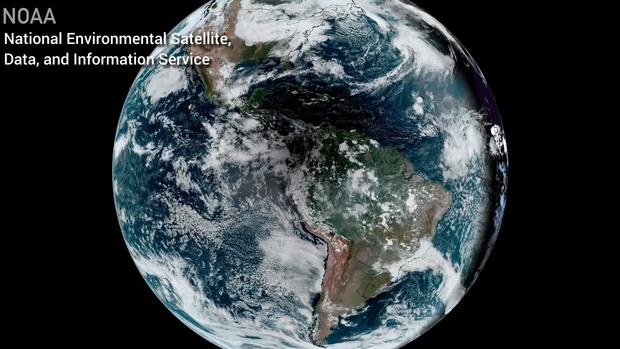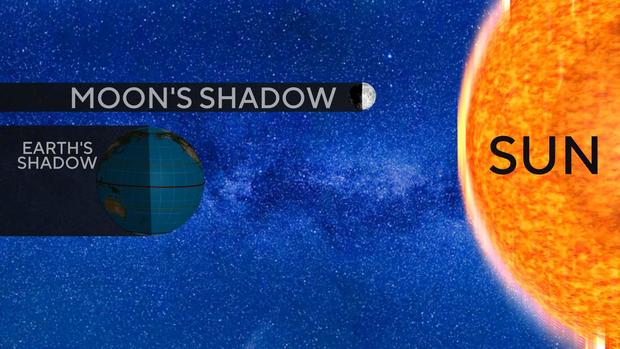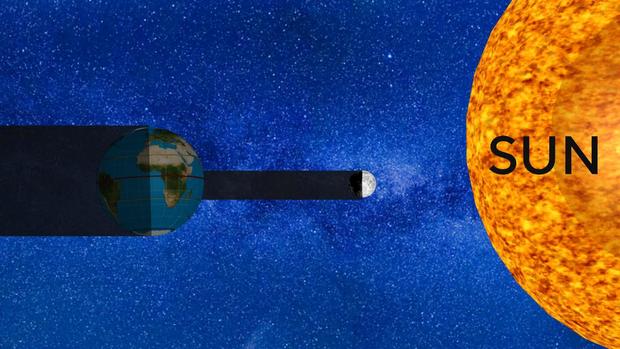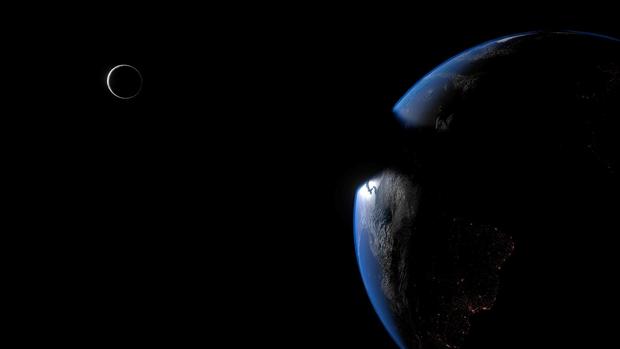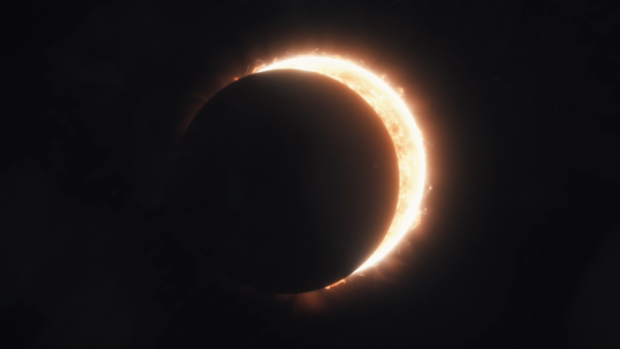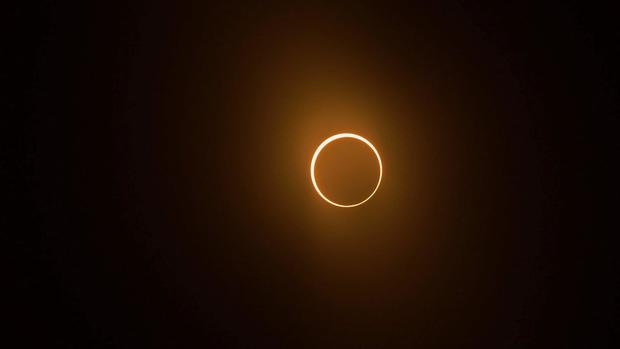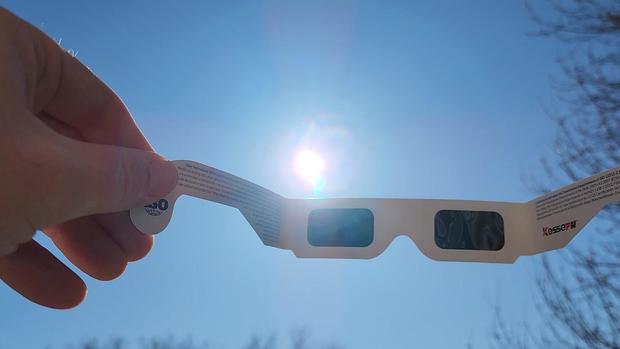Hey Ray - Become an eclipse expert
PITTSBURGH (KDKA) - With April 8th's solar eclipse on the way, I want to make sure you sound like an expert when you are watching it.
Let's start off with what is happening.
Obviously, the Moon is passing between the Sun and Earth. You likely knew that. You likely also know that everyone doesn't get to see the total solar eclipse. That is reserved for people in a very distinct path.
That distinct path of totality happens because of how the Moon casts a shadow toward Earth. You can see this shadow from space!
This shadow has two parts: The umbra and the penumbra.
For a total solar eclipse, the umbra is the part of the shadow you want to be in. This is the dark, inner shadow the Moon is casting toward Earth. Everyone in this shadow can see the total solar eclipse. This is where the Sun is completely blocked.
The penumbra is the lighter, outer shadow cast by the Moon toward Earth. This is where you can see a partial eclipse. This encompasses a much larger area because the penumbra gets larger as it moves away from the Sun toward Earth. The umbra gets smaller.
Total solar eclipses are rare, and there is a reason for that. According to the National Weather Service, a solar eclipse only can happen during the New Moon phase.
Also, the Moon's orbit is tilted 5 degrees from Earth's orbit as they travel around the Sun. This means that, from Earth, it appears that the Moon is often passing above or below the Sun when it is passing between them.
Putting this all together, you need to time out a new moon phase with the Moon being in the correct orientation to pull off a solar eclipse!
There is also more than one type of Eclipse!
A total solar eclipse will happen on April 8th. This is when the Moon completely blocks the Sun.
There is a partial solar eclipse. This is when the Moon only covers part of the Sun. Pretty much what it sounds like!
There is also what is called an Annular eclipse. This is also known as "the ring of fire". Sometimes the Moon appears smaller and doesn't completely cover the Sun. This leaves a ring around the outside of the Moon that resembles a ring of fire.
Finally, there is a rare, hybrid eclipse. NASA says these occur when the eclipse shifts between an annular eclipse and total eclipse as the Moon's shadow moves across Earth. This happens because of Earth's curvature.
Now, let's hope for a nice, clear day on April 8th, so you can show off some of your Eclipse Education!

